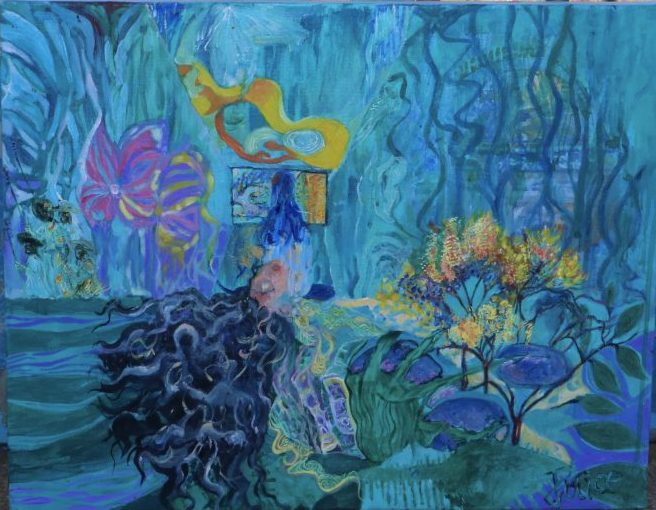Portfolio Element 2 Sound Journal
The below is a sonic diary which I am currently working on. In order to get enough amount of cassettes to experiment on in this term, I am making it to two path ways:
- I ship the cassette recorder (The cassette recorder is travelling)
- I carry the recorder and do it with a stranger (I am travelling)
So basically, my constant is that the participant needs to be local in their area, in order to answer me related questions based on ‘cultural difference’, ‘culture perspective’ and ‘Cultural songs’. (which I had documented in my another blog)
Wajid Yaseen is one of our visiting practitioner, his idea of using tape recordings and spatialise them is quite ambitious and successful.

I quite like the idea of using multiple tape recorders into mixing desk and performing them. That would be quite cool as well. (Picture from MA Ben)
Some other inspirations
A New or Another Sound Map: Annea Lockwood and Mark Sciuchetti Listen to the Hudson River by Denise Von Glahn and Mark Sciuchetti
Explanation: Both Lockwood and Sciuchetti recorded real places, and in a number of instances the same places. Yet their recordings were framed to suggest quite different readings: Lockwood’s a more romantic, nostalgic reading of the Hudson River that invited listeners to merge with the waters, and Sciuchetti’s a more pragmatic understanding that foregrounded human interactions with the waters. From here, I found the correlation between sound and location is so stunning. Moreover, the past sounds in related to the present sound, might be different. It gives me the idea to use tape for recording and also ask the interviewee to share the sonic elements they ‘captured’ in the past as comparative study.
Maryanne Amacher – City Links
‘tape bears witness to history’, City-Links underscores that tape cannot be a modest witness: tape’s standpoint is at once situated, partial and insistently embodied, as Donna Haraway might insist. www.versobooks.com/blogs/2254-blog-post-for-cyborgs-mckenzie-wark-on-donna-haraway-s-manifesto-for- cyborgs-30-years-later.
‘long distances music’:
Right now we do not make music unless we are in the same room together. Music is made ONLY between men and women in ONE room, ONE field, or in ONE building between rooms through loudspeaker and microphone transmission.
The music we make is confining us to ONE PLACE situations ALL THE TIME. Receptive to our own structure ONLY as we are making them.

(ppt by Annie)


Tape, has its own vibe in transferring information: Analog tape technology was widely used in the past for recording audio and video. Its warm, slightly distorted sound has become associated with a nostalgic feeling, reminding people of earlier eras when tape was the primary medium for music. Moreover, Analog tape introduces unique imperfections and characteristics into recordings. These include subtle variations in sound quality, tape saturation, hiss, and even occasional tape glitches. These imperfections are often romanticized for the character they add to recordings, contributing to the historical sentiment.
The way I am using tape instead of a telephone/zoom recordings: 1. it is portable and convenient to carry recordings and still with satisfied sound quality 2.The physical presence of holding and playing with them. I might make a book in the later on, so it would be good to have an overall tape with like. 3. The nostalgic aspect of the sound (It sounds like it is a ‘long distance sound’) 4. My own background–I recorded my voice reading books when I was studying in kindergarten for hand-ins on cassettes (often there were some mistakes so I had to go backwards and record again)

